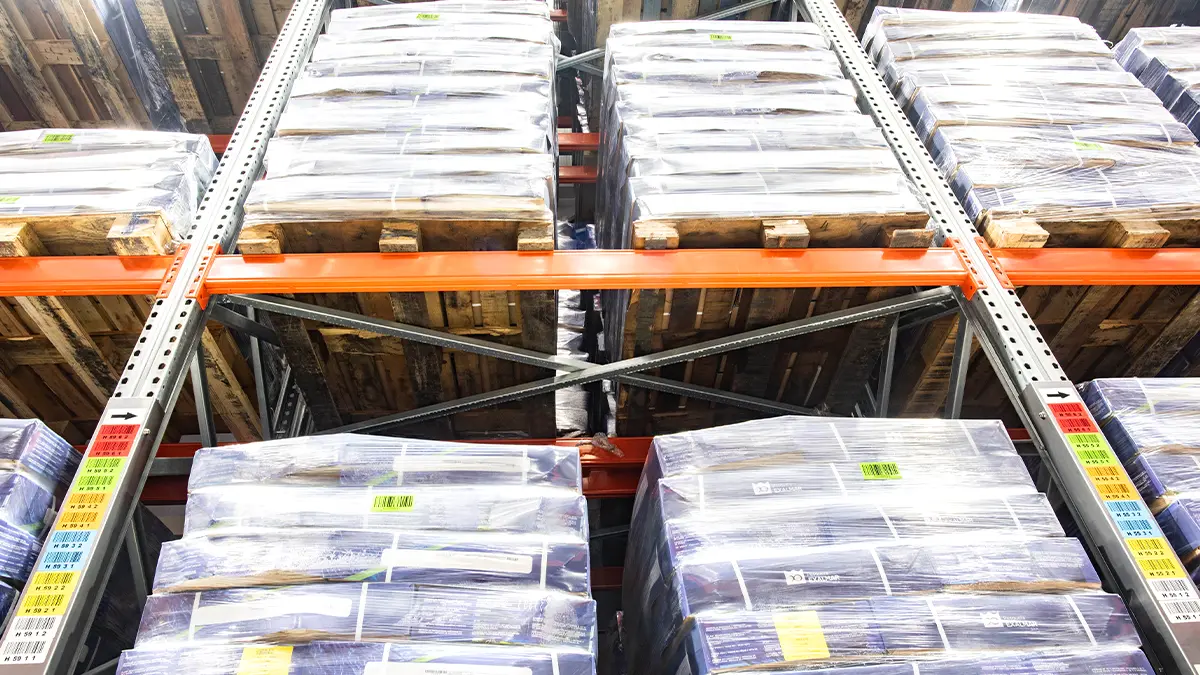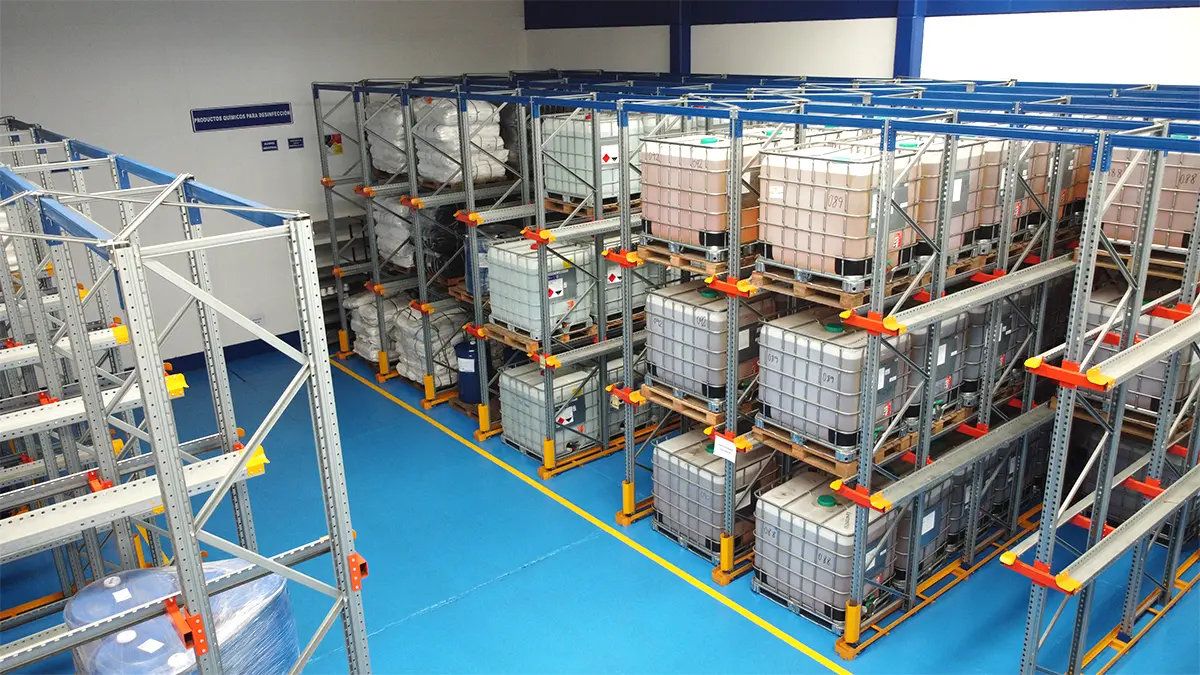Companies that sell perishable products must have a warehouse management method to ensure that products are organised as efficiently as possible to avoid expiry-related losses and returns.
One of the most widely used warehouse stock management methods in companies with perishable goods is the FEFO method.
Issues related to FEFO warehouse management and its differences compared to other methods will be reviewed below.
FEFO method - What it is and when it is used
FEFO is an inventory management method which consists of organising the warehouse activities in such a way that issue priority is given to those products with an earlier expiry date, so the most important information for organising the warehouse is the expiry date of the goods. In other words, the product that expires first is the first one to be consumed or distributed. In this way, we maintain product quality and avoid extra costs for expired products, reducing the risk of spoiled goods.
In the food and beverage sector use of the FEFO method for warehouse management is very common in order to protect the quality and safety of products such as dairy products, meats, fruits, vegetables...
Likewise, it is widely used in the pharmaceutical sector to avoid the consumption and distribution of expired products. In conclusion, implementing a FEFO method for perishable products with expiry dates helps protect consumer health and safety.

Benefits and advantages of the FEFO method
FEFO is the method most widely used by companies in sectors such as food, cosmetics or pharmacy because these companies must continuously control the expiry date of products, to avoid errors and reduce risks.
This technique offers considerable advantages in inventory management and organisation. The main advantages of the FEFO method are outlined below.
- Reduce product wastage: Using and distributing products with earlier expiry dates helps prevent them from expiring in the warehouse, resulting in less wastage.
- Maintain product quality: The FEFO method protects the optimal conditions of products that are going to be sold.
- Help comply with regulations: In strongly regulated sectors, this technique helps to comply with the strict rules and regulations in force related to product safety and quality.
- Higher inventory turnover: The FEFO method promotes inventory turnover, which helps achieve a high influx and movement of products in the warehouse.
- Increased customer satisfaction: Ensuring that products delivered or sold are fresh and of good quality increases customer satisfaction.
- Reduce reputation and brand image crises.
- Reduce costs: Reducing product waste and good inventory management can reduce costs and expenses incurred in the warehouse in the long term.
How is the FEFO method established in the warehouse?
To implement the FEFO method in warehouses, the following steps must be taken:
- Product organisation and labelling: Products must be clearly labelled and identified from the moment they arrive and until they leave the warehouse.
- Carry out inventory management systems: It is essential that stock is recorded and updated in the inventory, including all the information necessary for correct product distribution.
- Storage by expiry date: New products are stored behind the existing ones so that during the picking process, products with the earliest expiry dates are chosen.
- Monitoring and modernisation: Once the FEFO method has been installed, it is very important to monitor effectiveness, make adjustments as necessary, and review and update expiry dates whenever possible.

Differences between LIFO, FIFO and FEFO
There are many ways and techniques to manage the warehouse and inventory effectively, ensuring that everything is under control. The most widely used and known methods include LIFO, FIFO and FEFO, where the choice of one or another technique depends on various factors, such as for example: the type of warehouse, the products stored, the logistics processes of each company… Whichever of these three methods is chosen, the purpose is to organise and control the inflows and outflows of the stored products as effectively as possible.
As already commented, the FEFO method organises the warehouse in such a way as to prioritise the issue of products with the earliest expiry date. It is a technique that helps avoid extra costs caused by expired goods, reducing the risk of deterioration of stored products.
The FIFO method is very similar to the above method, but instead of using the expiry date as a basis for the priority issue of products, the criteria is the date of entry of the product in the warehouse. Thus, if products have the same expiry date, the first one to be issued would be the first one that entered.
Finally, there is the LIFO method where the opposite criteria are applied. The last product to enter is the first one to leave, that is, recently arrived products in the warehouse have issue priority over those that have been there longer. This method is applied to products that do not have an expiry date and where there is no risk of wastage of goods such as with construction materials which remain in perfect condition for a long period of time. Since products are stored by order of arrival, always prioritising the issue of the oldest goods would involve more time and movement, meaning an unnecessary waste of time and resources.
Warehouse automation has allowed organisations and companies to develop more effective management methods, helping to eliminate possible errors that arise.
Implementing warehouse management software
Use of the FEFO method is often unrealistic manually, so digital tools have helped to maintain control over the entire supply chain to facilitate all logistics operations. Irrespective of the management method chosen, it is necessary and recommendable to have software such as RFIS technology, among others, to control inflows and outflows, locations, batches, expiry dates… for the fully effective management of any technique chosen.
To choose suitable storage systems for the FEFO method, it is advisable to contact a specialised storage solutions company. If you are interested in improving your installation and logistics management, contact our team of professionals so that an adviser can help you with the best option for your company.













